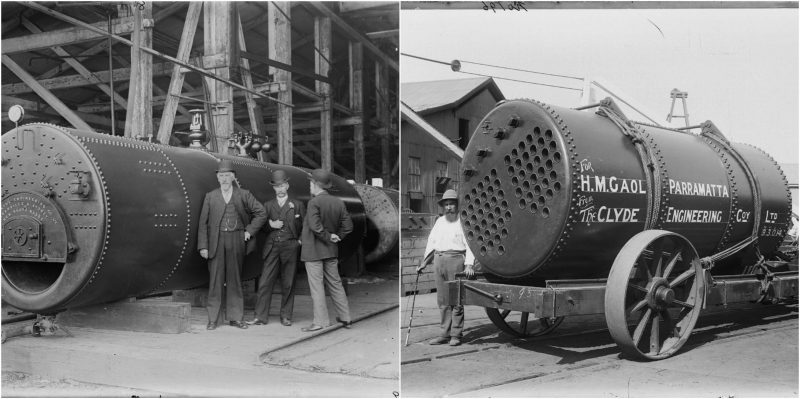If you have been following us for a while, then by now, you surely have noticed our deep fascination with steam locomotives and their classiness. So you can imagine how over excited we were (some of us are like that) when on some corner on the good old internet we found a great bunch of images of how locomotives are made. Pretty neat, right?
The collection below is just a small part of what we found at the Powerhouse Museum which is the current home to these historical photos. The photos capture a regular working day at the Clyde Engineering, an Australian manufacturer of locomotives.
So scroll on friends and see how these beauties were made.
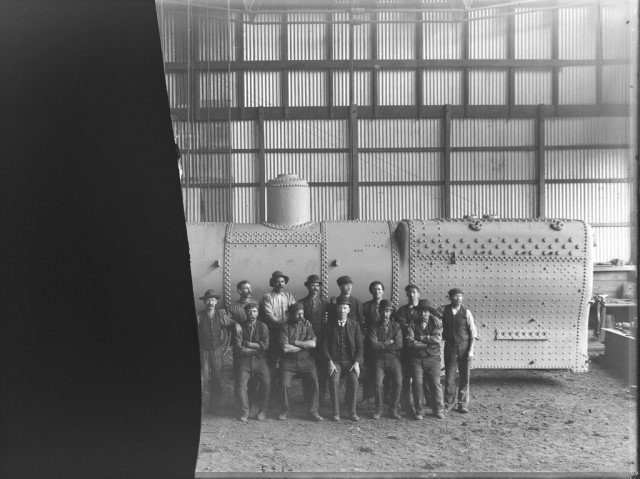
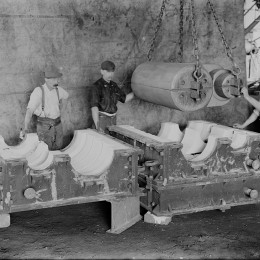
Clyde Engineering was an Australian manufacturer of locomotives, rolling stock, and other industrial products.It was founded in September 1898 by a syndicate of Sydney businessmen buying the Granville factory of timber merchants Hudson Brothers. The company won contracts for railway rolling stock, a sewerage system, trams and agricultural machinery. In 1907, it won its first contract for steam locomotives for the New South Wales Government Railways. By 1923 it had 2,200 employees. After contracting during the depression it became a major supplier of munitions during World War II.
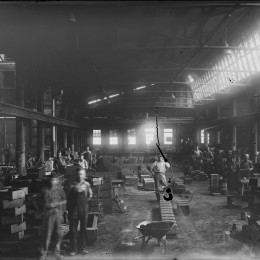
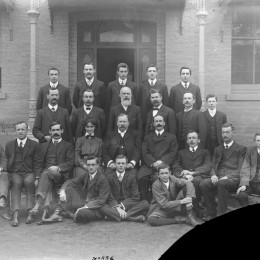
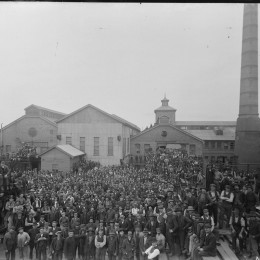
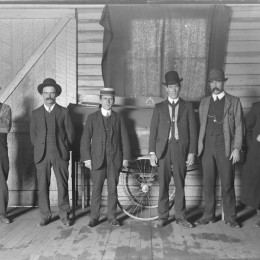
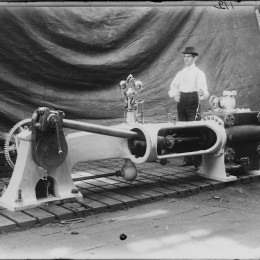
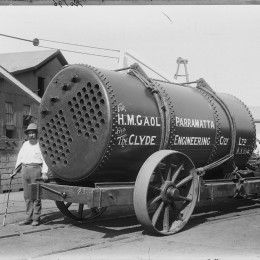
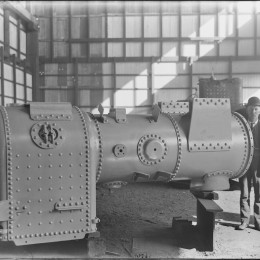
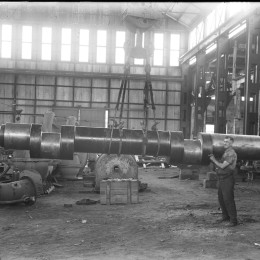
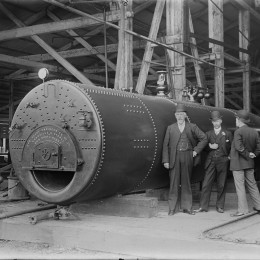
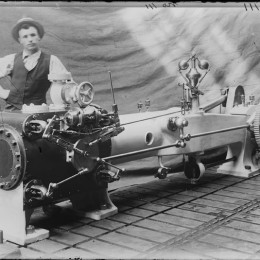
Amongst the classes of locomotives built by Clyde Engineering were:Steam locomotives 4 G class Granville10 L class Granville 8 K class 10 C30T class rebuilt from C30 class Granville 45 C32 class Granville .
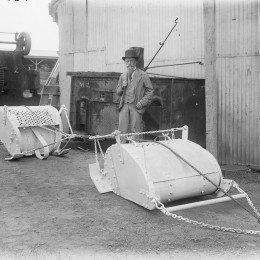
In 1950, it was awarded the first of many contracts for diesel locomotives by the Commonwealth Railways after it was appointed the Australian licensee for Electro-Motive Diesel products.Apart from building locomotives and rolling stock, Clyde Engineering diversified into telephone and industrial electronic equipment, machine tools, domestic aluminium ware, road making and earth making equipment, hydraulic pumps, product finishing equipment, filtration systems, boilers, power stations and firing equipment, car batteries, hoists and cranes, door and curtain tracks and motor vehicle distribution.
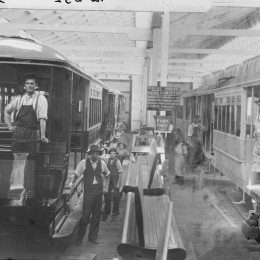
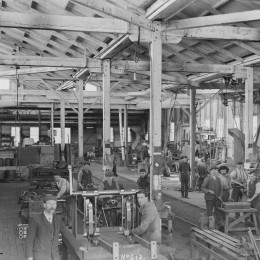
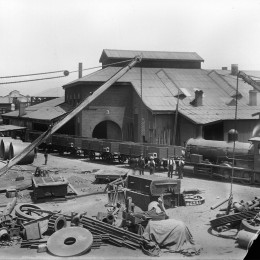
In July 1996, it was taken over by Evans Deakin Industries.Evans Deakin & Company was an Australian engineering company and shipbuilder. Based in Brisbane, the company was formed in 1910 by Daniel Evans and Arthur Deakin.Jane Deakin in her book” Man of Steel- A.J. Deakin and the story of Evans Deakin Industries” provides more detail on the founders and the history of their successful company.The company started out as a supplier of engineering equipment.The first workshop was acquired in 1913.The company later became Evans Deakin Industries (EDI). In 1980, EDI purchased Maryborough rolling stock manufacturer Walkers Limited. In July 1996, EDI purchased locomotive manufacturer Clyde Engineering. In March 2001 Evans Deakin was taken over by Downer Group to form Downer EDi.
All photos by Powerhouse Museum
